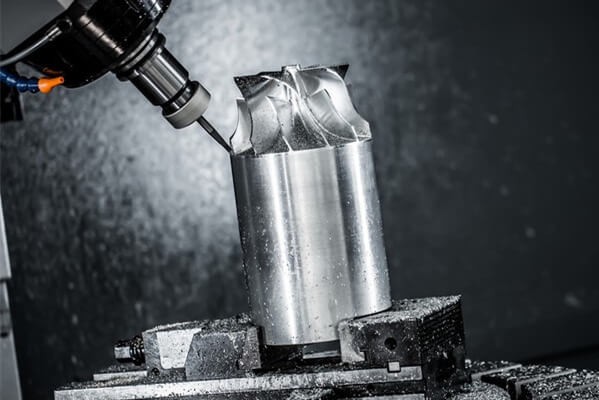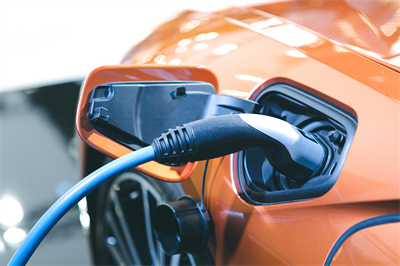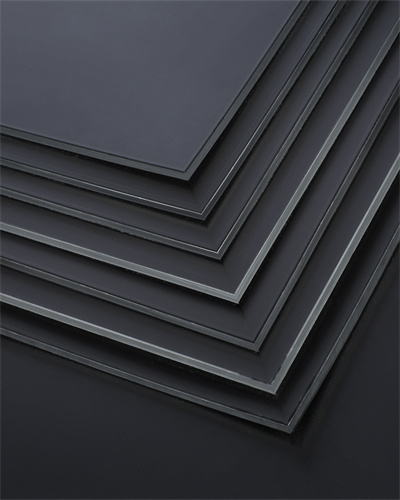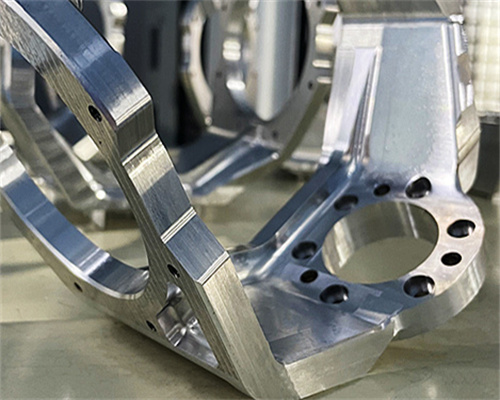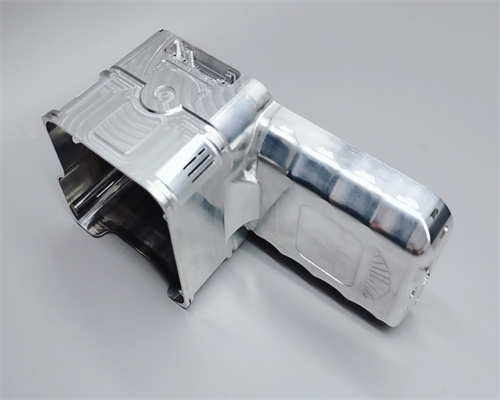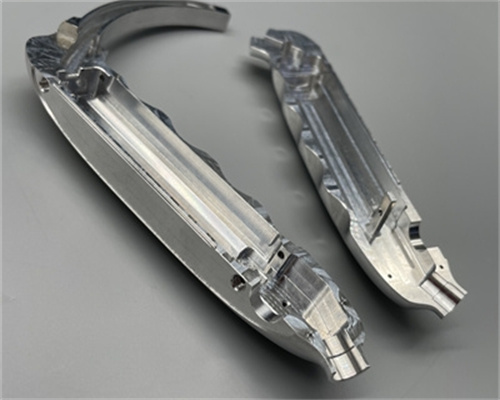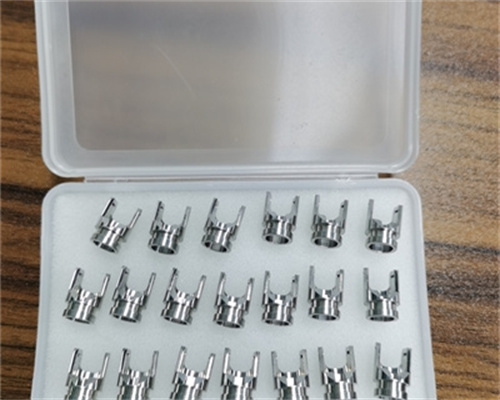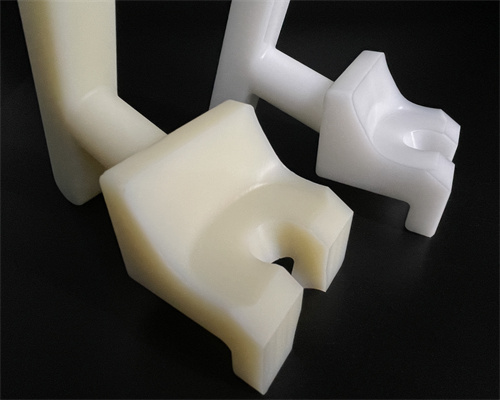What is 5 Axis Machining
5 axis machining is a complex machining process that requires design and programming by experienced mechanical engineers. 5-axis parts have 2-3 more faces than 3-axis parts.
5 axis machining can accurately complete multi-faceted shapes at one time, meeting your complex requirements and tolerance accuracy of parts.
Tirapid has more than 15+ years of experience in 5 axis machining, and has processed 15000 thousands of 5-axis parts with different structures. Solve the problems of complex processing technology for you. Provide you with excellent quality and delivery time.
Applications For 5 Axis Machining
The applications for CNC 5 Axis machining are vast and varied. 5 Axis milling is used in a wide variety of industries to produce parts and products that are essential to our everyday lives.5 axis CNC machining projects play a vital role in keeping the world moving. Some of the most common applications include:
The automotive industry relies on CNC 5 axis machining to produce a variety of parts, including engine blocks, transmissions, EV battery, and wheels.
Some of the most commonly 5 axis machining parts include impellers, wings, and curved parts. All of these parts must meet stringent safety standards.
The medical industry relies on what is 5 axis machining to produce a variety of parts and devices, implants, prosthetics, and surgical instruments.

The oil and gas industry also depends on CNC 5 axis machining for the production of parts and products, including valves, fittings, and pipelines. These parts must be able to withstand a high degree of wear and tear.
Semiconductor parts are commonly used in various integrated circuits and electronic components. Typical CNC 5 axis machining parts are: wafer chucks, wafer carriers, and fiber optic laser guides.

TVarious testing equipment is commonly used in daily life, such as hospital examinations,CO-oximeter, Pulse oximetry, Multiple electrode aggregometry, and more.
Materials for 5 Axis Machining
Advantages of 5-Axis CNC Machining
5-Axis milling eliminates the need for multiple setups, and a single setup helps reduce setup and manufacturing time and increases productivity,and helps increase yield and product quality.
Since 5-axis CNC machining allows simultaneous movement along both the X and Y axes, shorter, stronger tools can be used. Using shorter and stiffer cutting tools can help speed up the cut with minimal or simply negligible vibration.
5 axis machining can complete multi-faceted structures at one time without repeated positioning, thereby achieving high precision tolerances on parts.
Complex and multi-faceted parts require more tools and process programming of different specifications. 5-axis machining does not require longer or special tools, and the selection of tools is more versatile, reducing the investment of more tools.
4-Axis and 3+2-Axis CNC Milling
4-axis and 3+2-axis CNC milling machines cost
less to machine and are used for simpler five-axis parts.
Maximum Part Size for 3-Axis and 3+2-Axis CNC Milling:
Size Metric units Imperial units
Max. part size 800*800*200mm 31.5*31.5*7.8in
Tolerances 0.01mm 0.00039in
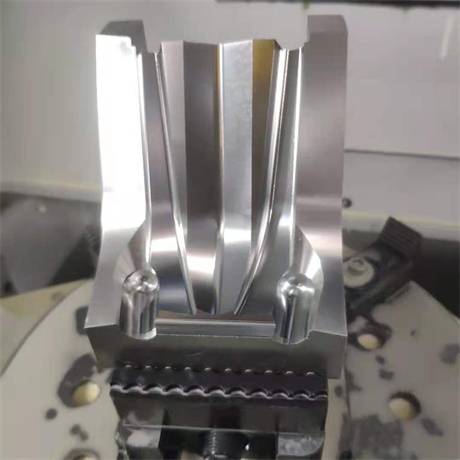

5-axis CNC Milling
Tirapid has sufficient production capacity to process complex geometric parts, and minimize the processing cost and improve production efficiency.
Size Metric units Imperial units
Max. part size 550*550*200mm 21.6*21.6*7.8in
Tolerances 0.01mm 0.00039in
There are many reasons to choose a 5-axis CNC milling machine. Here are a few reasons why: it Increases Plant Productivity – Accuracy – Simple and Easy Setup – Reduces Waste – Increases Versatility -Increased Durability- Improves Part Surface Finish – Reduces Costs.
5-axis CNC machining is preferred in the power generation industry to produce a variety of parts and products, including turbines, generators, and transmission towers. Power generation equipment must be able to withstand a high degree of wear and tear. Various parts and products can also be produced, including recycling bins, sorting equipment, and balers. It is often necessary to machine parts made of different materials such as aluminum, steel, and plastic. The recycling industry has strict safety standards that must be met.
●The first step is to design the part that you want to produce. This can be done using a computer-aided design (CAD) program
●The next step is to convert the CAD file into a machining program. This can be done using a computer-aided manufacturing (CAM) program. It is important to choose a CAM program that is compatible with the CNC machine that you will be using.
●The next step is to load the machining program into the CNC machine. When the program is loaded, the machine will be able to read the instructions and produce the part.
●The next step is to set up the machine. This includes setting up the tools and fixtures. Setting up the machine properly is important to ensure that the part is produced correctly.
●After the machine is set up, it is time to run it. The machine will automatically move the cutter in the desired direction to produce the part. It is important to monitor the machine during this process to ensure that everything is running smoothly.
●Once the machine is finished, the part will need to be inspected. This can be done using a variety of methods, including visual inspection, measurement, and X-ray. It is important to inspect the part to ensure that it meets the specifications.
●The final step is to finish the part. This can be done using a variety of methods, such as painting, plating, or heat treating. When you finish the part, it will be ready to be used in the intended application.






